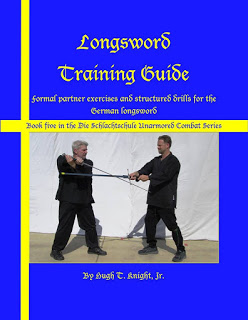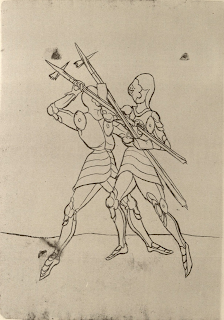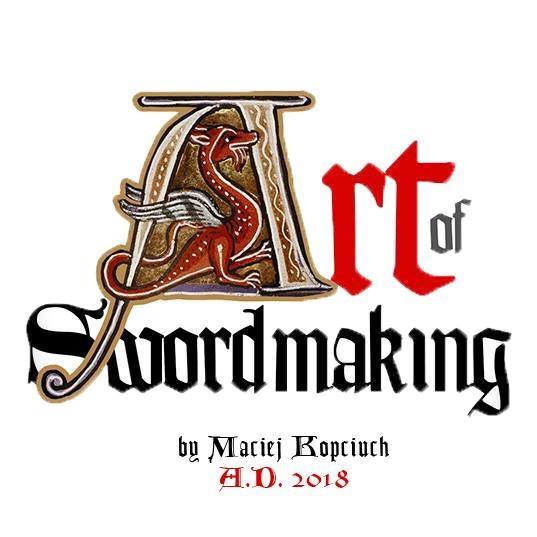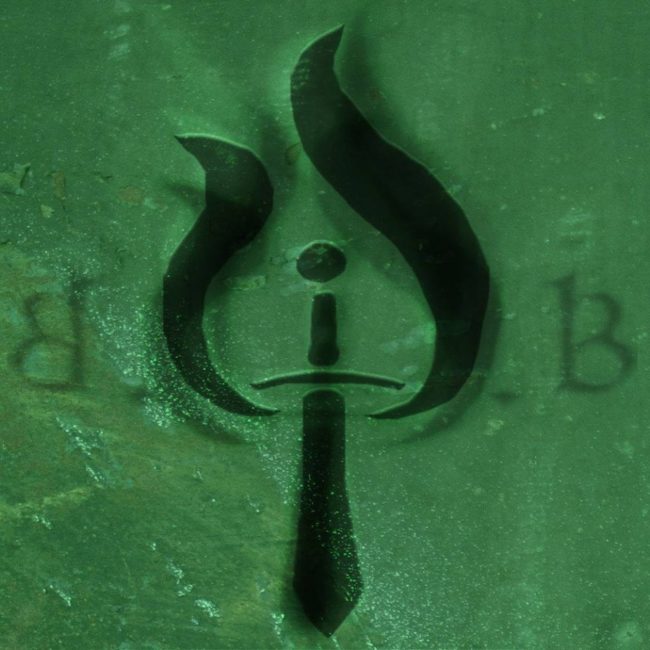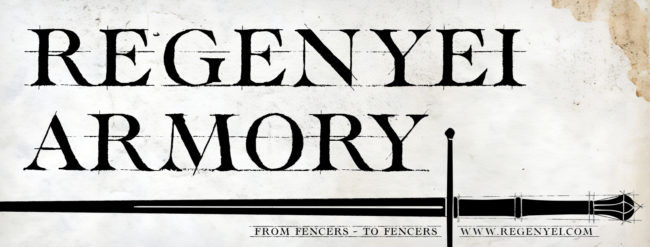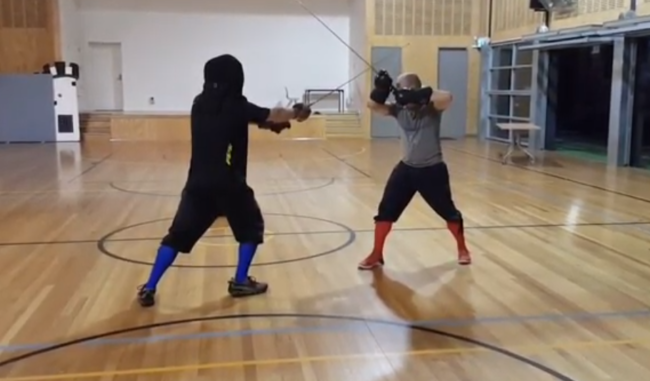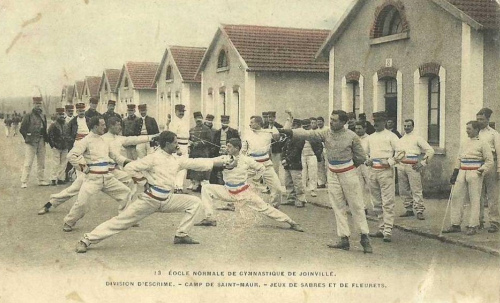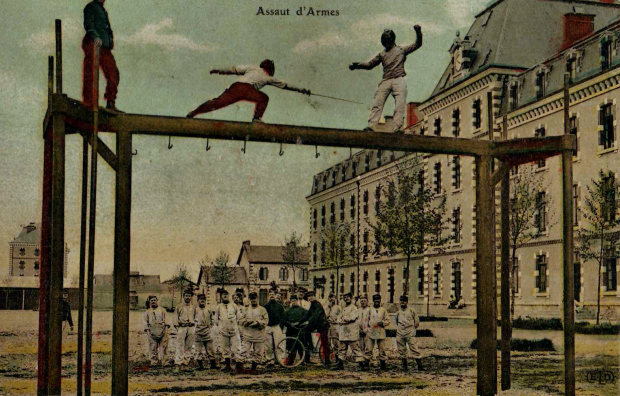“Longsword Training Guide” by Hugh Knight
This book is a training guide for learning the German Longsword. It contains Formal Partner Exercises, Basic Drills, Structured Partner Drills, and much more. It is intended to be used with the author’s “Knightly Art of the Longsword” to teach the reader how to go beyond mere techniques of the art to actually learning how…

